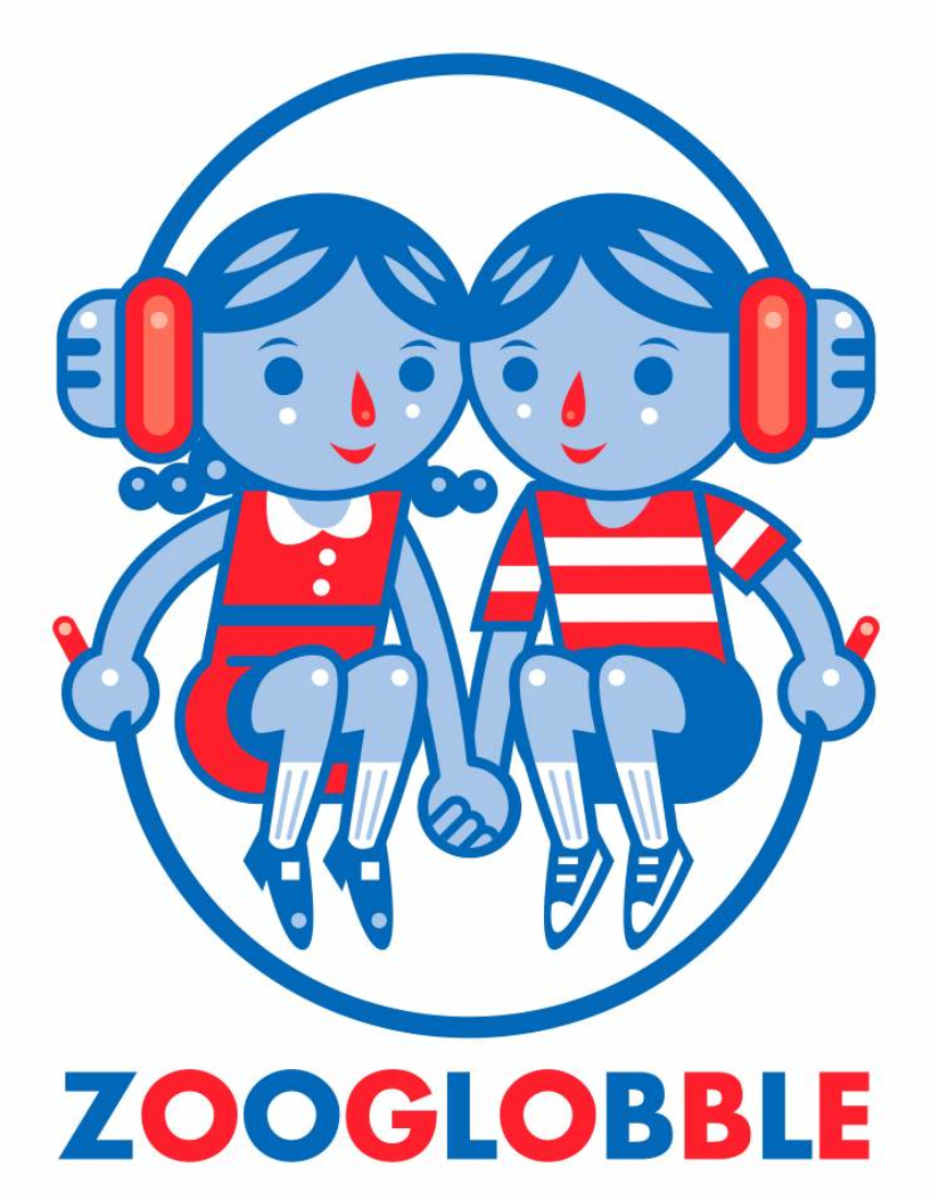I'll be honest -- when I asked New York City musician Joanie Leeds to write a "How I Got Here" piece on I was half-expecting something about Phish, whom Leeds has traveled further to see than I've ever traveled to see a band.
But since the series is about albums that influenced kindie musicians as musicians, the line from jamband to crafter of poppy melodies for kids is unclear, and, sure enough, Leeds' submission was far afield from Phish -- it's Jonatha Brooke's 1995 album Plumb.
Leeds is releasing her sixth album for families, Good Egg, this week, but even with a full schedule of album release activities, she still took the time to writeabout how Brooke's production, music, and lyric, especially on that 1995 album, inspired Leeds early in her career... and how their paths eventually crossed.
Ever since I was little, I grew up listening to 105.9, the Classic Rock station in Miami, Florida. To this day, when I’m on tour and pass a classic rock channel in a new city, I can’t help but tune in and listen to that gritty goodness. The screeching voices of AC/DC, the vocal range on Robert Plant, and Eric Clapton’s complex guitar solos make me feel empowered.
In 10th grade when I started learning to play the guitar, I noticed the lack of female-led bands in my music of choice and in wanting to find music that sounded more like my own voice so I could strum along, I turned to strong female singer/songwriters like Tori Amos, Joni Mitchell, Sheryl Crow, Ani DiFranco, Paula Cole, The Indigo Girls, Alanis Morisette and Shawn Colvin. These ladies got me through high school but when I went to college and started writing my own original music, my heart skipped a beat when I first laid ears on Jonatha Brooke.
Most would categorize Jonatha as a folk-rock singer, but truth be told she jumps from genre to genre on every CD she releases. The CD that changed my life as a songwriter was Plumb. From the moment those drums pounded and guitars strummed on the "Nothing Sacred" intro and her powerful soprano, shrilly but soothing, weaved in and out through the octaves effortlessly, I was hooked. The pad on the background voices was so impressive. I always wondered, “did she come up with that on her own or did the producer? It’s SO brilliant.” Then came in “Where Where You” with it’s rockin’ country flair loaded with hooks, harmonies and rhythmic delicacies a la Bonnie Raitt. Her lyrics spoke to me and I knew that my own songwriting needed to come a long way until I would be satisfied. It would be years before I started writing music for children but I was leaning the ropes, the songwriting tools that would catapult my creative juices and soul.
At the time, I was writing pop music, mostly about heartbreak and finding love as many do in their late teens and early 20s. Jonatha was the queen of digging deep with her stories of relationships and life gone awry so I studied her techniques. She wasn’t all breakup tunes, though. She quoted the Declaration of Independence in her song ‘War’ and ended the CD with a bagpipe infused "Andrew Duffy’s Jig."
This was inspiring to me because I wanted to be a singer/songwriter that couldn’t be dragged into the dreaded genre box. I studied the way she hammered her guitar strings in a percussive way on songs like "No Better" and “West Point” but then tugged at your heartstrings on the piano, guitar and accordion-drenched, "Inconsolable." I would listen to this particular song on repeat and just cry. “Cause you were the one sure thing / The one sure thing / Maybe I’m not crazy just inconsolable.” She made me want to start using a dictionary and thesaurus when I wrote my own tunes and work harder on furthering my creativity in my lyric writing. I picked up a rhyming dictionary so that I could explore new words and sounds if I got stuck on a lyric.
When I wrote songs, I would typically sit with a tape recorder (now my iPhone), my guitar or piano, think about a topic I wanted to write about, then start playing chords. Within minutes, the words, melody and chords would all come out at the same time. To this day, this is still my technique. Many songwriters draw upon life experiences to create the best art and Jonatha is a shining example of turning pain into power. I always aspire to do the same. She plays a ton of instruments (guitar, piano, bass, drums…) and this always impressed me beyond words.
Years later, I was playing at a children’s concert and was speaking with a parent who found out I was a huge Jonatha fan and it turned out, they are best friends. I nearly fell off my chair when she told me. I was shocked when this parent gave me Jonatha’s cell phone number and told me to call her. Later that week I had tickets to a Woody Guthrie Huntington’s Disease tribute in which she was performing. Woody suffered from the debilitating disease and before the show Jonatha invited me to chat with her. She told me all about her mother who was suffering from another degenerative disease, most likely Alzheimer’s Disease, and how she had to run right home after the performance to get back to caring for her mom. I was so impressed by her strength and dedication.
A few years later, as I was working on my 5th children’s CD Bandwagon with producer Dean Jones. I wrote a song called "Family Tree." The inspiration came from my grandmother, Sylvia Nusinov, a genealogist who has traced our family tree back many generations (which is difficult if you are from originally from Europe and members have perished in the Holocaust). I had just found out that Jonatha’s mother had passed away and she was writing a self starring one woman musical about her mother’s life, My Mother Has 4 Noses (Tangent… I actually saw it this year it at a GRAMMY event with Okee Dokee Brother Justin Lansing - it was incredible!). When I penned the song, knowing how close Jonatha was with her mother, I wrote at the bottom of the page “Jonatha Brooke maybe sing harmonies?!?!?!”
I sent her my demo via email, left her a voicemail and she actually returned my call and said she would love to do it. FREAKOUT! I couldn’t believe my songwriting hero was going to sing on my record. I invited her to the studio and as always, I was blown away by her unbelievable talent. She is also one of the coolest people I’ve ever met and she made me laugh a lot. I also literally broke out in hives during the session because I was so nervous to direct her! "Family Tree" went on to win 1st place in the USA Songwriting Competition which was a major songwriting accomplishment of mine.
I really do have Jonatha to thank for shaping my songwriting career, going WAY beyond "Family Tree."

















